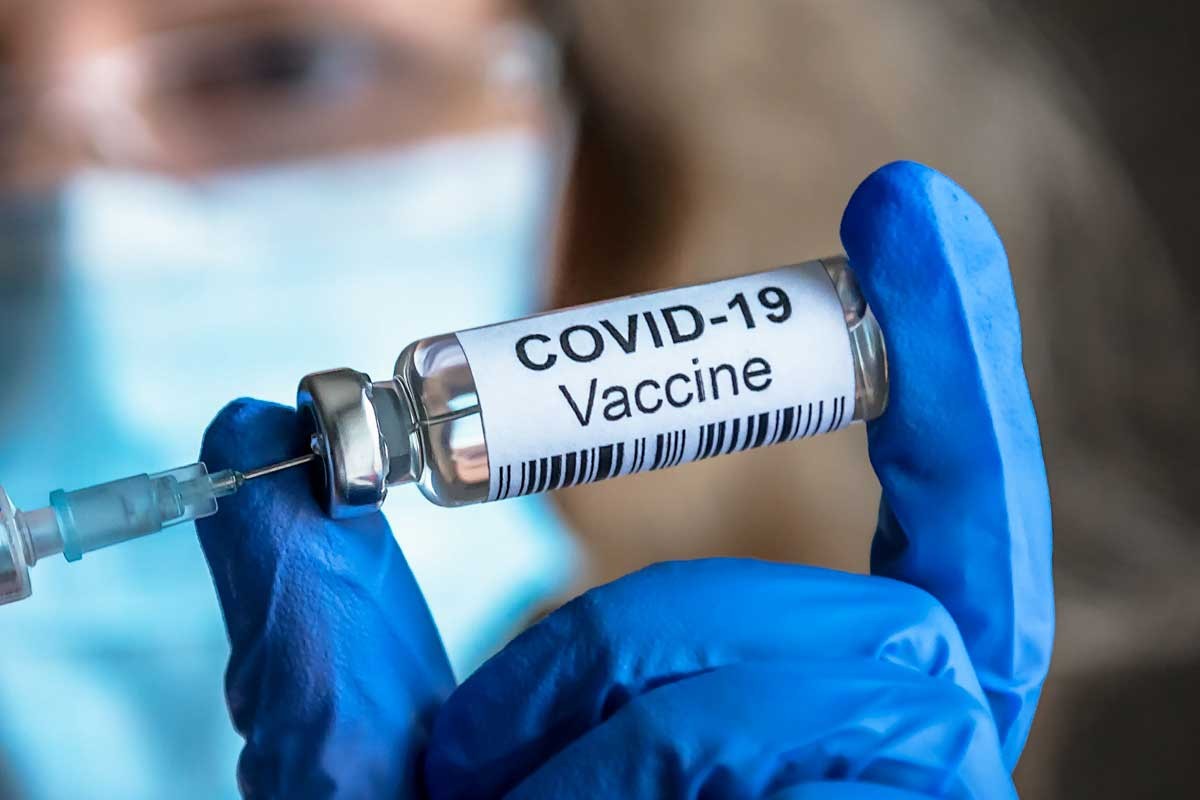No products
What Are Vaccines?
What are vaccines? What is in a vaccine? What are the different types of vaccines? How do they work? What are the dangers of vaccines?
Vaxamines (venereal vaccines) are a series of proteins used in the production of smallpox, yellow fever, meningitis, and HPV. The proteins stimulate an immune response in the body. To achieve this response, the body must be able to recognize the germs that are causing the illness. This recognition occurs because the immune system must be able to create antibodies, which neutralize the harmful microorganisms. These antibodies can then destroy or neutralize other foreign germs that have not caused the illness. In this sense, a vaccine prevents the spread of disease.
There are two types of vaccines: live and inactivated. Live vaccines contain a protein of a germ, such as a virus, bacteria, or yeast. An inactivated vaccine contains a protein that has undergone a mutation, leaving the germ susceptible to attack by protective antibodies. Either type of vaccine produces a protective response in humans. Antibodies are produced by the immune system to fight off the germs.
Examples of live vaccines include a variety of viruses including a form of influenza, rabies, and porcine encephalitis. These vaccines help to produce antibodies that protect us against these diseases when we get sick. Examples of inactivated vaccines include Lade, Prixovirus, Menveo, Mumps, and Varicella-zoster virus. Live vaccines can cause serious side effects in some individuals. In the case of Lade, an allergic reaction resulting from administering Lade can be life-threatening. Some people also become sick after receiving Lade, but recovered after treatment.
Examples of inactivated vaccines include Gardasil and Hepa. These vaccines prevent infection by preventing the virus infected by the vaccines. Some people may still be able to be exposed to the virus through the unopened tubes containing the vaccine and if the tube is shared with an uninfected person. An example of an inactivated vaccine is the HPV vaccine.
Whooping cough is caused by a virus called pertussis. It is usually contagious between people who have been in close contact with one another, for an extended period of time. Unprotected kissing with an infected person results in a contagious whooping cough. You can also get it from sharing utensils, drinking from the same drinking bottle as an infected person, and sharing water during a common water filtration system. For this reason, vaccines are essential for preventing whooping cough.
Preventing diseases by vaccination is not the only use of vaccines. pox, measles, mumps, rubella, and chicken pox can all be prevented through vaccination. Sometimes, vaccines are given to children whose mothers have had the immunity due to their mothers' birthdays. This is called herd immunity, and this helps to protect everyone in a family from a common disease that affects only a small group of people.
If you or your child has received a vaccination, the antibodies may still be in your body and be working to fight off the disease. However, if your body cannot produce enough antibodies to fight off the disease, you will develop a stronger immune system and be able to resist diseases that other people can catch. People with weaker immune systems are at risk of getting diseases that they would have been able to survive if their immune system was strong. Some vaccines, such as the yellow and diphtheria vaccines, have also been known to cause anemia in certain cases. Anemia is usually treated with vitamin supplements.
When children are very young, their immune systems are usually very weak and they do not have any antibodies to protect them. If an infant receives a vaccine, their body needs time to develop a strong immune response to fight off the disease. Some infants may experience mild symptoms after receiving a vaccination, but their immune response may be so strong that it protects them from most diseases. This is called community immunity, and is usually associated with breastfeeding and other methods of providing resistance to infections.
Some people have weaker immune systems and they can still receive vaccines. For example, in hepatitis B, an infant can get the medication if his mother has been vaccinated. This type of immunization requires an older age for immunization. Other vaccines must be given to an individual before he or she can become a candidate for them. The types of antigens used to produce the vaccines are specific and must be matched to a particular strain of bacteria.
What are the side effects of vaccines? There have been very few serious side effects reported as a result of receiving an immunization. Most vaccines stimulate the immune response and create an array of symptoms like headache, fever, rash, muscle aches and loss of appetite, or swelling at the injection site. However, these side effects are generally mild and resolve quickly.
Trusted Online Pharmacy https://stayhealthynow.co
References
https://www.hhs.gov/immunization/basics/types/index.html
https://www.nature.com/articles/s41577-020-00479-7
https://www.health.gov.au/health-topics/immunisation
https://www.cdc.gov/coronavirus/2019-ncov/vaccines/different-vaccines/mrna.html
https://www.genome.gov/genetics-glossary/messenger-rna
https://medlineplus.gov/genetics/understanding/therapy/mrnavaccines/
https://medlineplus.gov/genetics/understanding/therapy/mrnavaccines/
https://www.health.gov.au/health-topics/communicable-diseases
https://www.ncbi.nlm.nih.gov/pmc/articles/PMC3597572/
https://vaccine-safety-training.org/toxoid-vaccines.html
https://immunisationhandbook.health.gov.au/conjugate-vaccine
https://vaccine-safety-training.org/combination-vaccines.html


Leave a comment